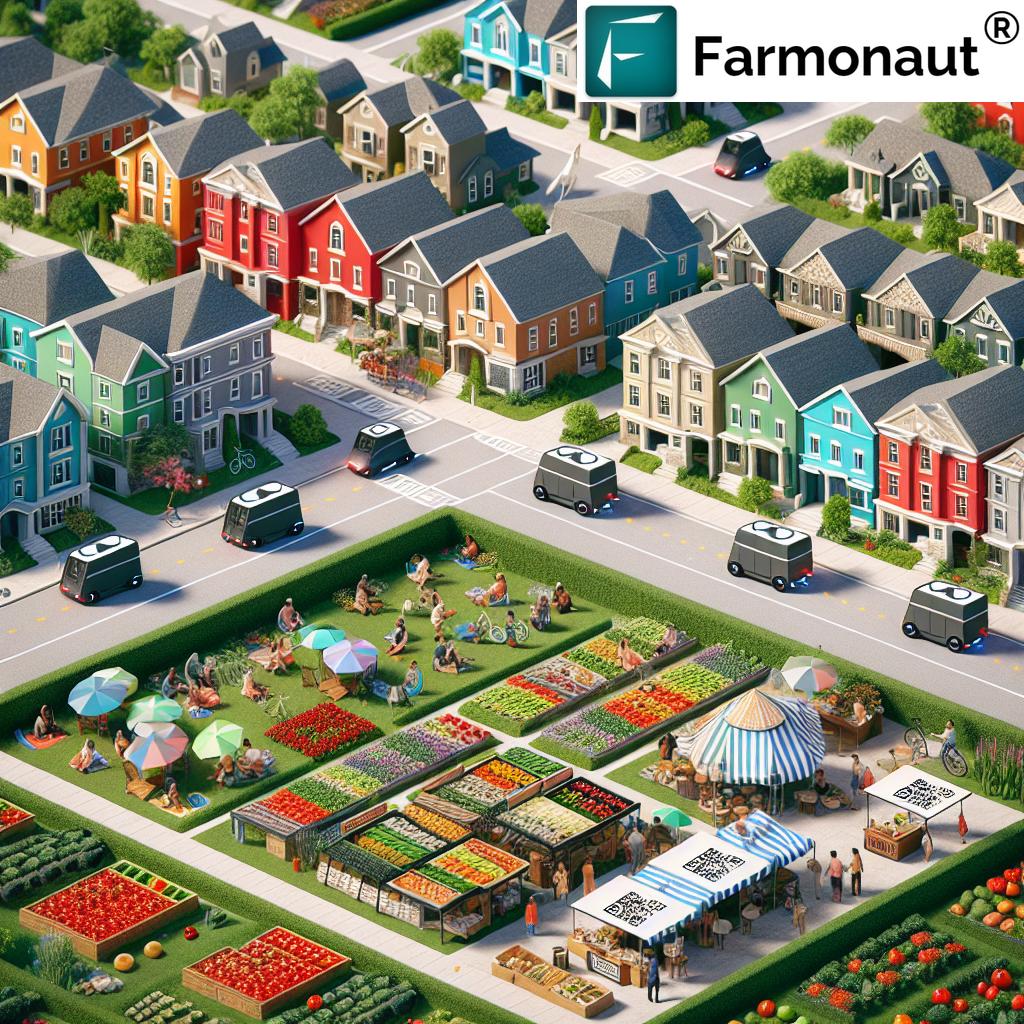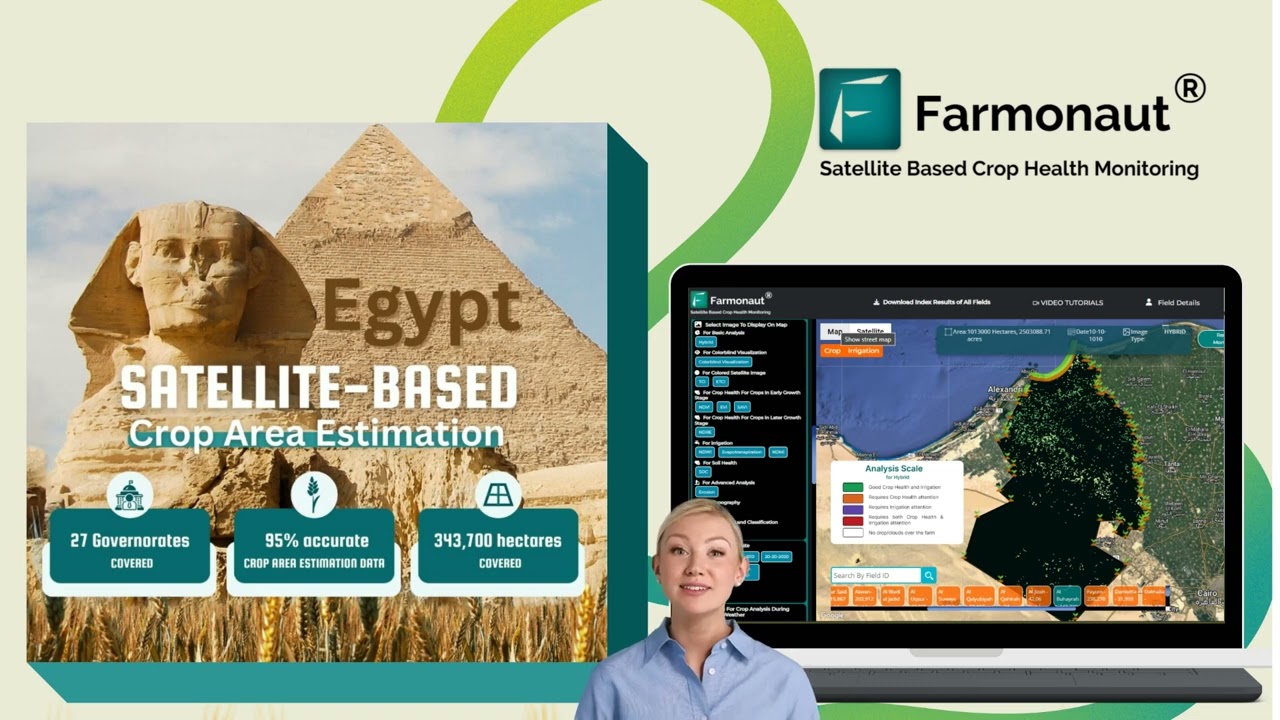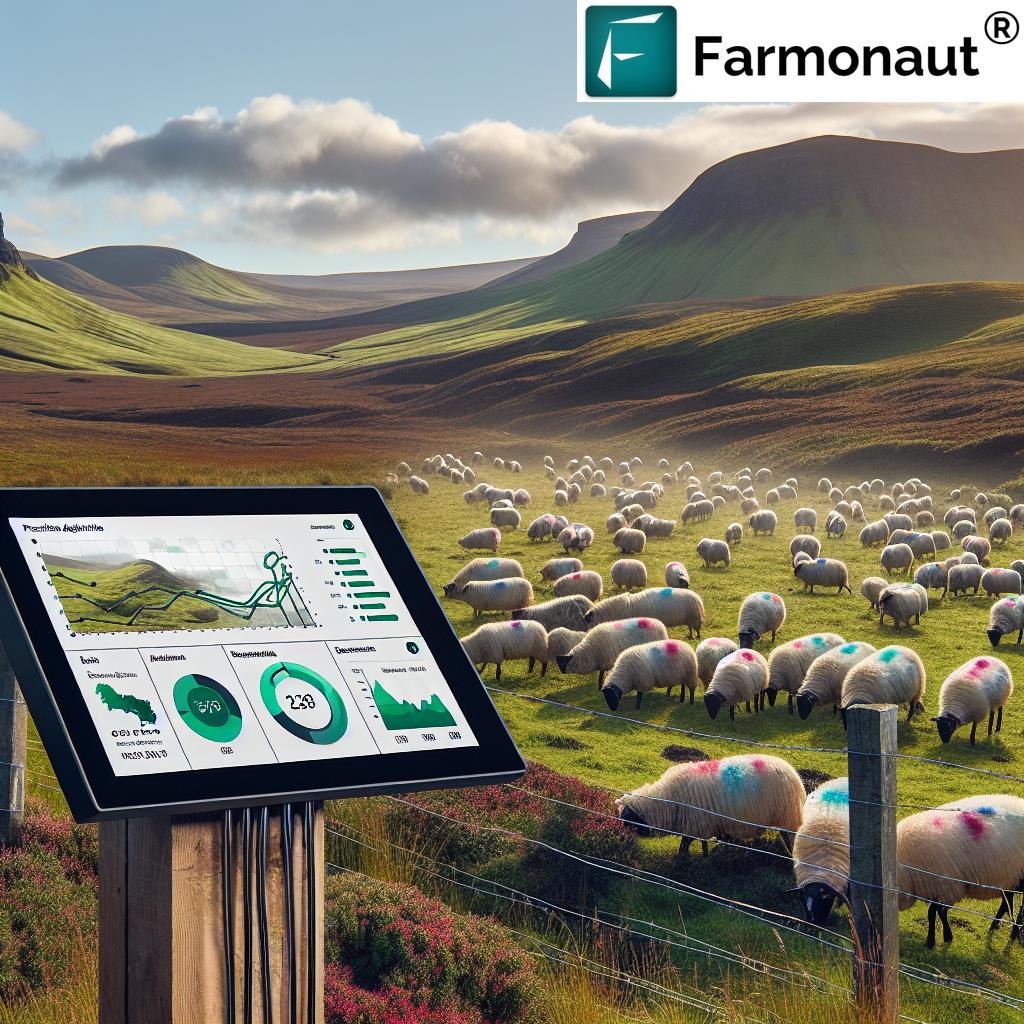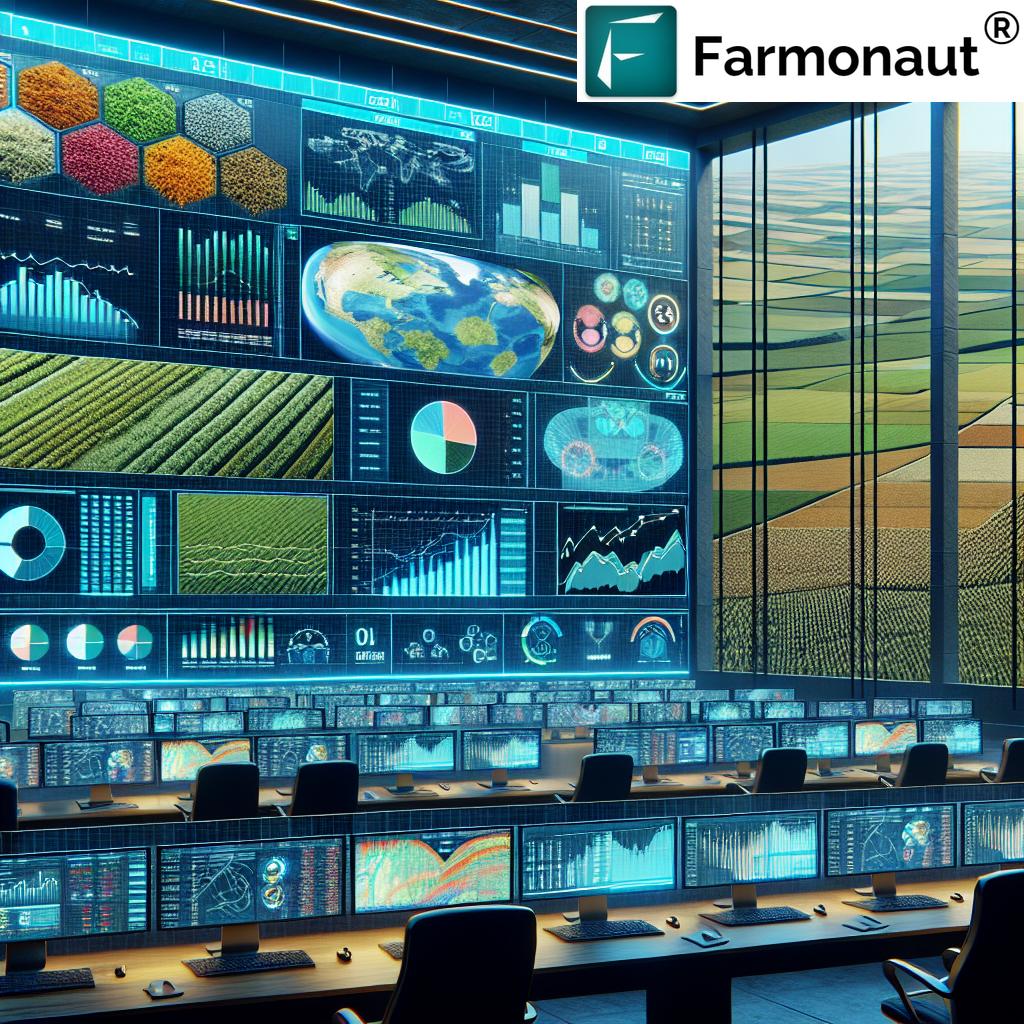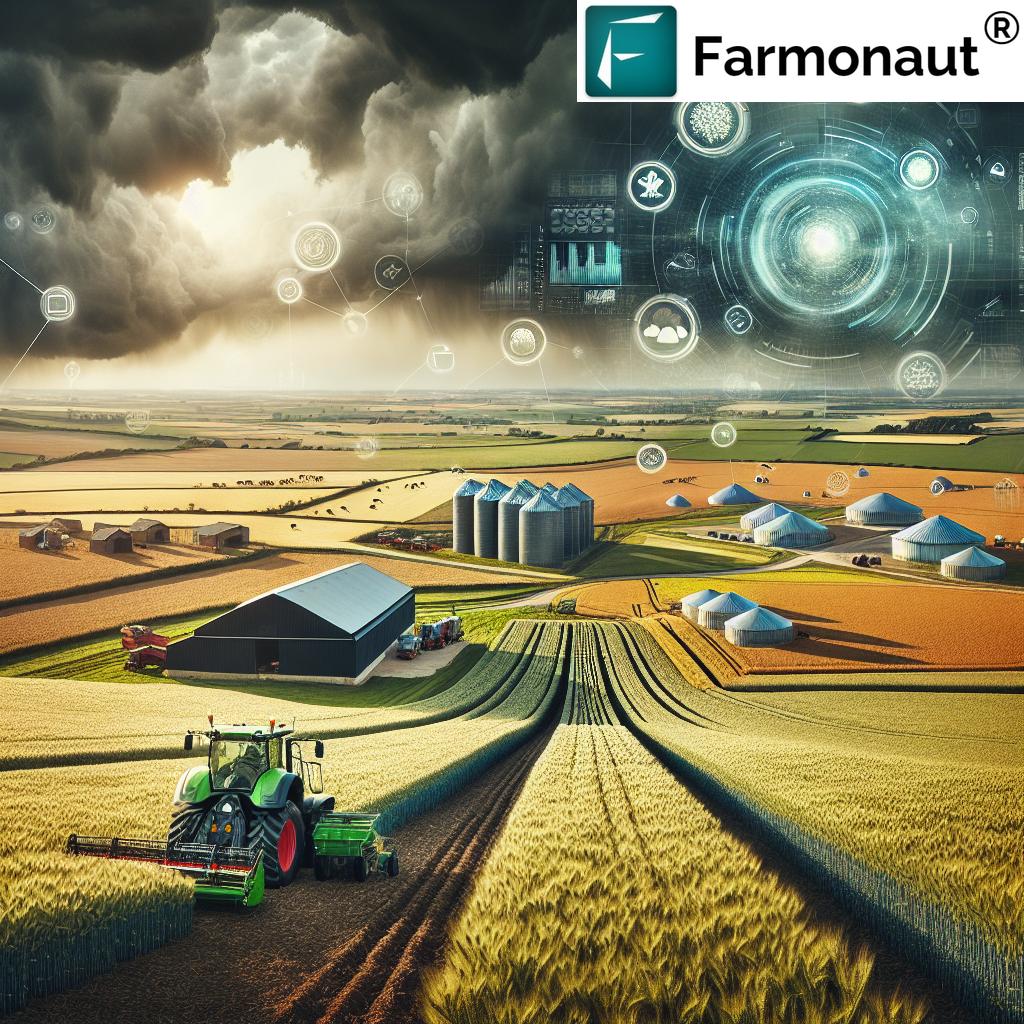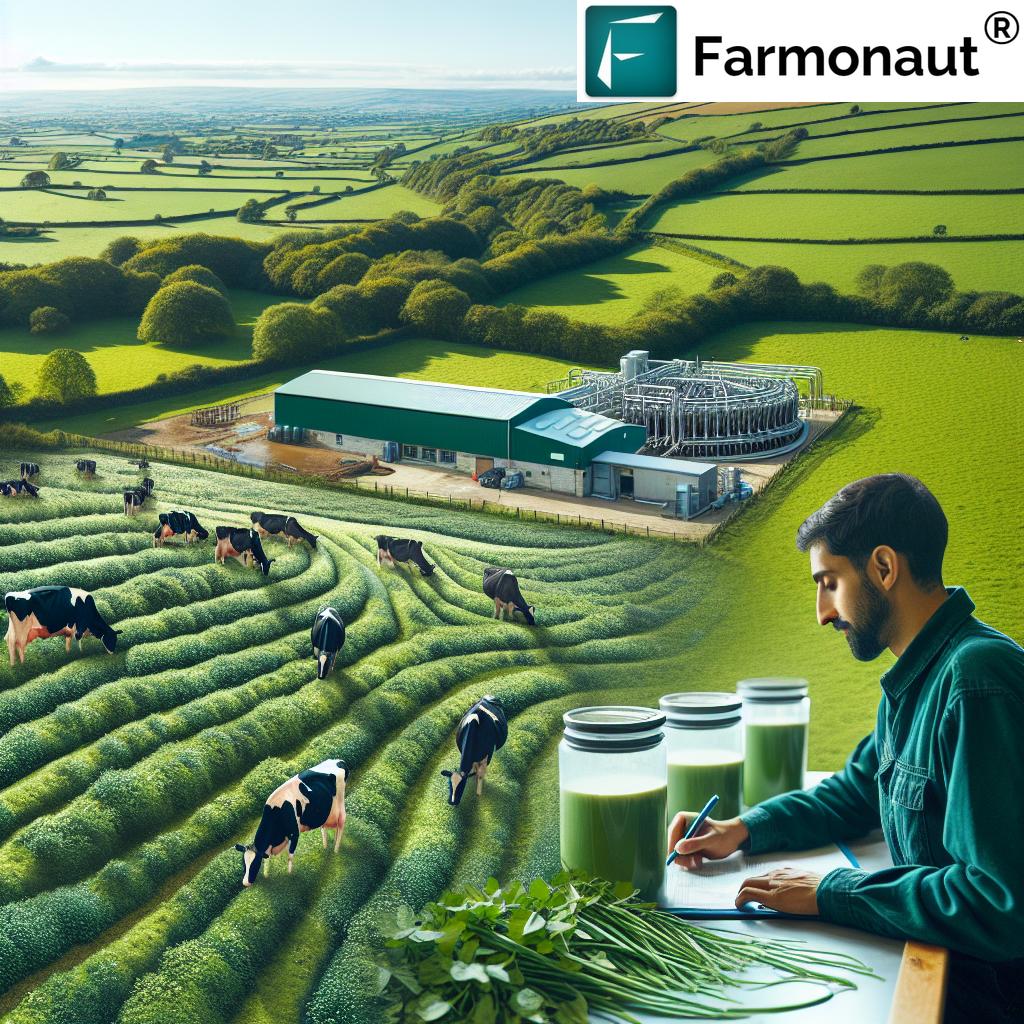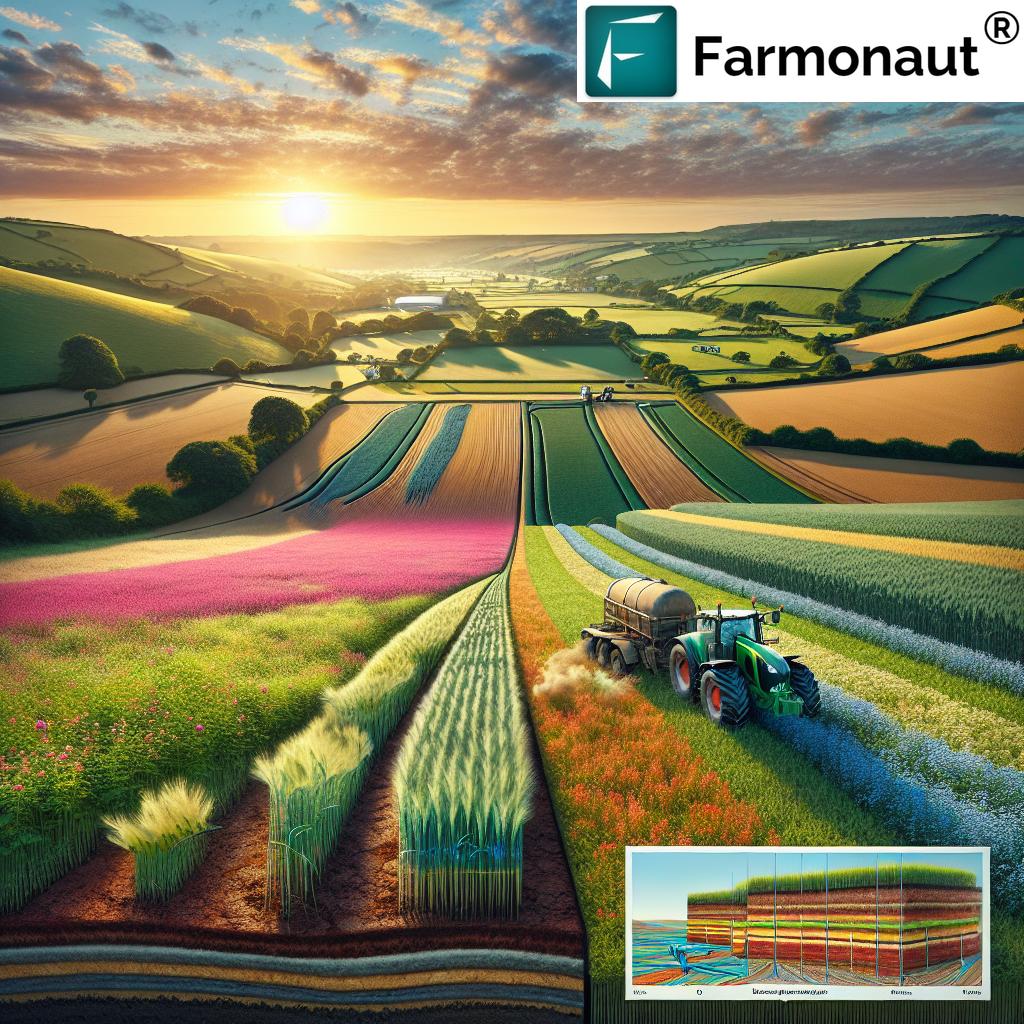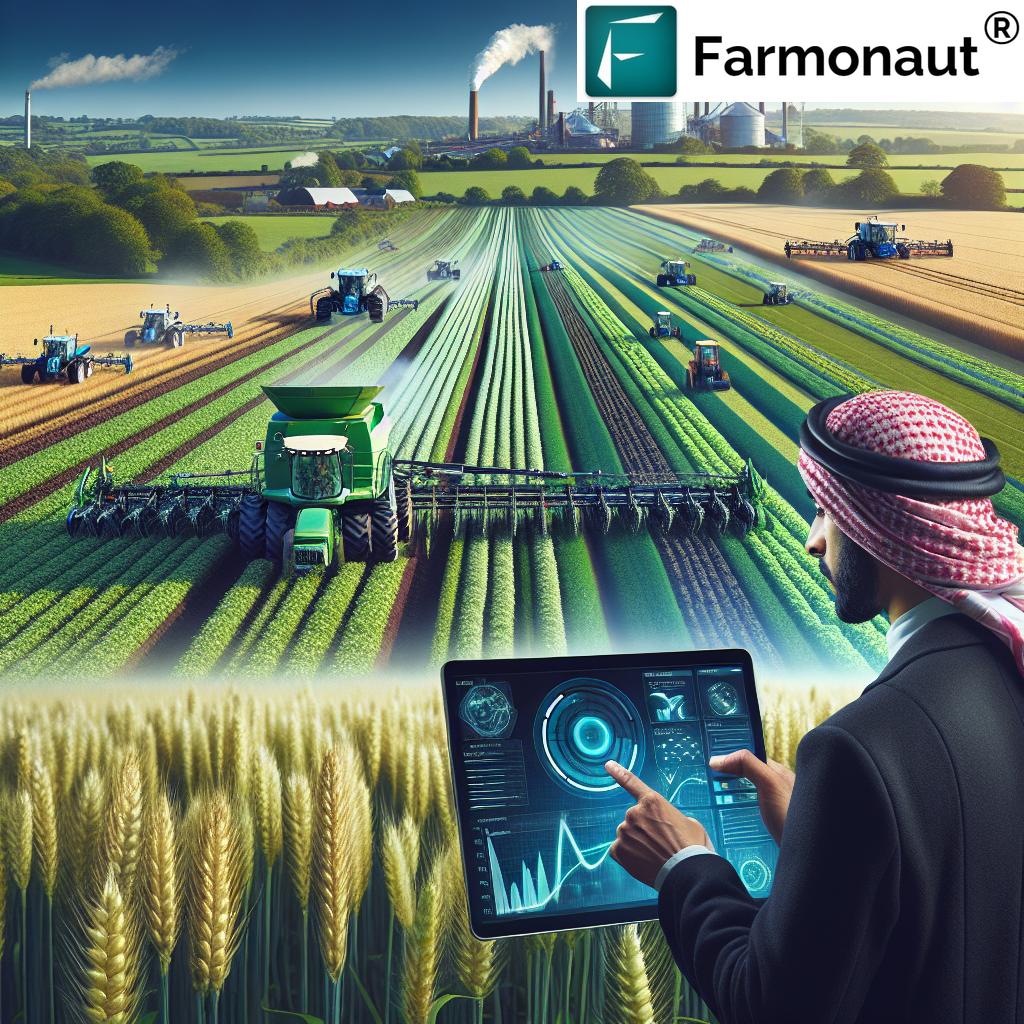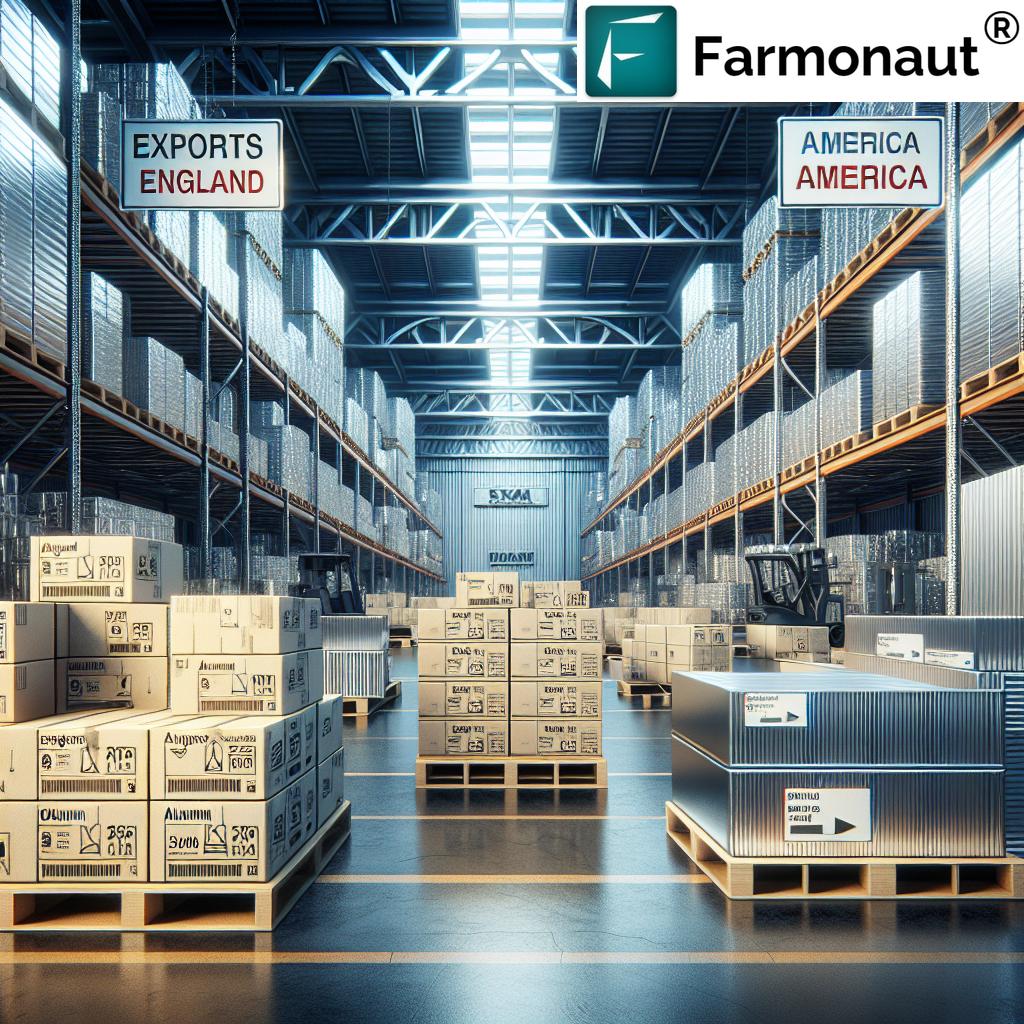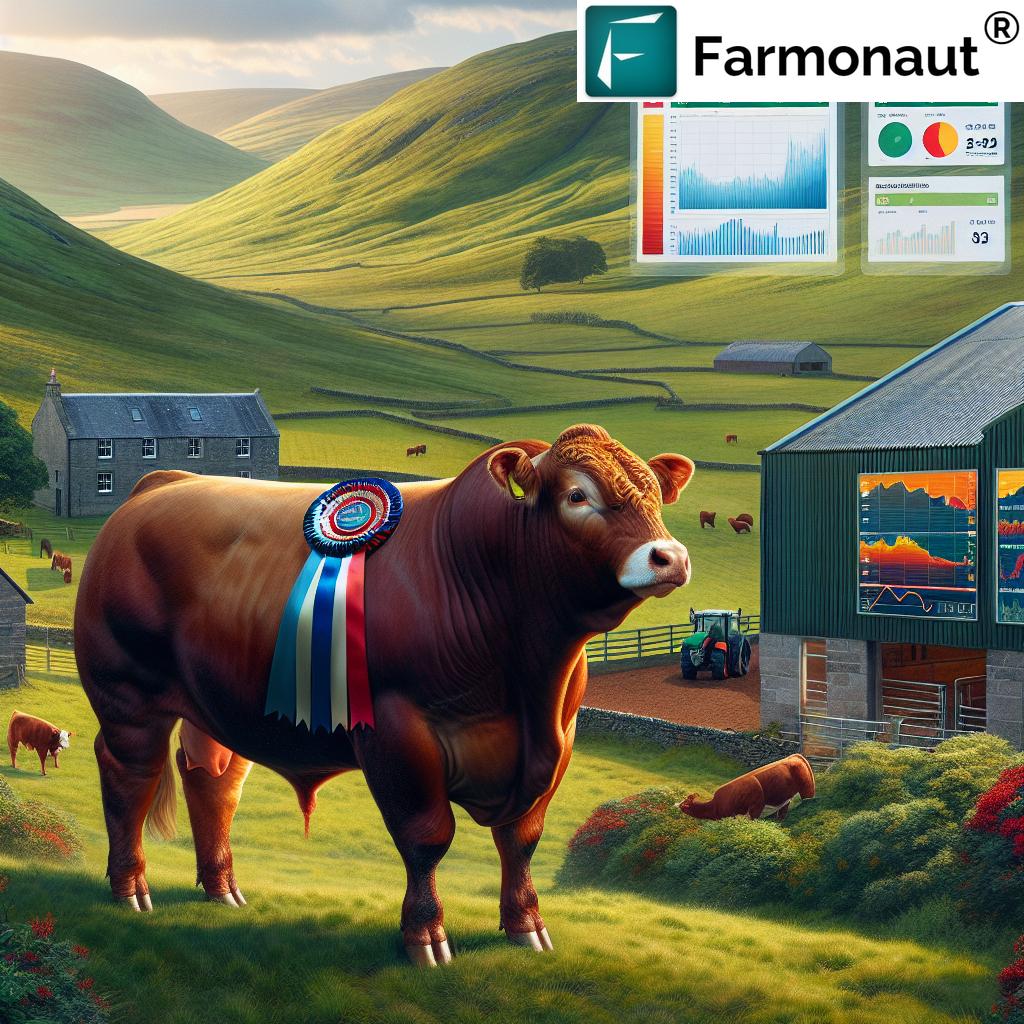UK Food-to-Go Market: Digital Strategies and Trends Reshaping the Industry Post-Pandemic
“The UK food-to-go market, once valued at £21.2 billion, is predicted to rebound to £22.3 billion by 2023.”
Welcome to our comprehensive exploration of the UK food-to-go market and the digital strategies reshaping this dynamic industry in the wake of the COVID-19 pandemic. As we delve into the evolving landscape of food retail and consumer behavior, we’ll uncover the innovative approaches businesses are adopting to meet new challenges and opportunities in this sector.
The Changing Face of Food-to-Go in the UK
The food-to-go market in the UK has undergone a significant transformation since the onset of the pandemic. Once a thriving sector valued at £21.2 billion, it faced unprecedented challenges as lockdowns and social distancing measures disrupted traditional consumption patterns. However, as we navigate through these changes, we’re witnessing a remarkable rebound, with the market predicted to reach £22.3 billion by 2023.
This recovery is not just about returning to pre-pandemic norms; it’s about adapting to new realities and consumer expectations. Let’s explore the key trends and digital strategies that are driving this resurgence.
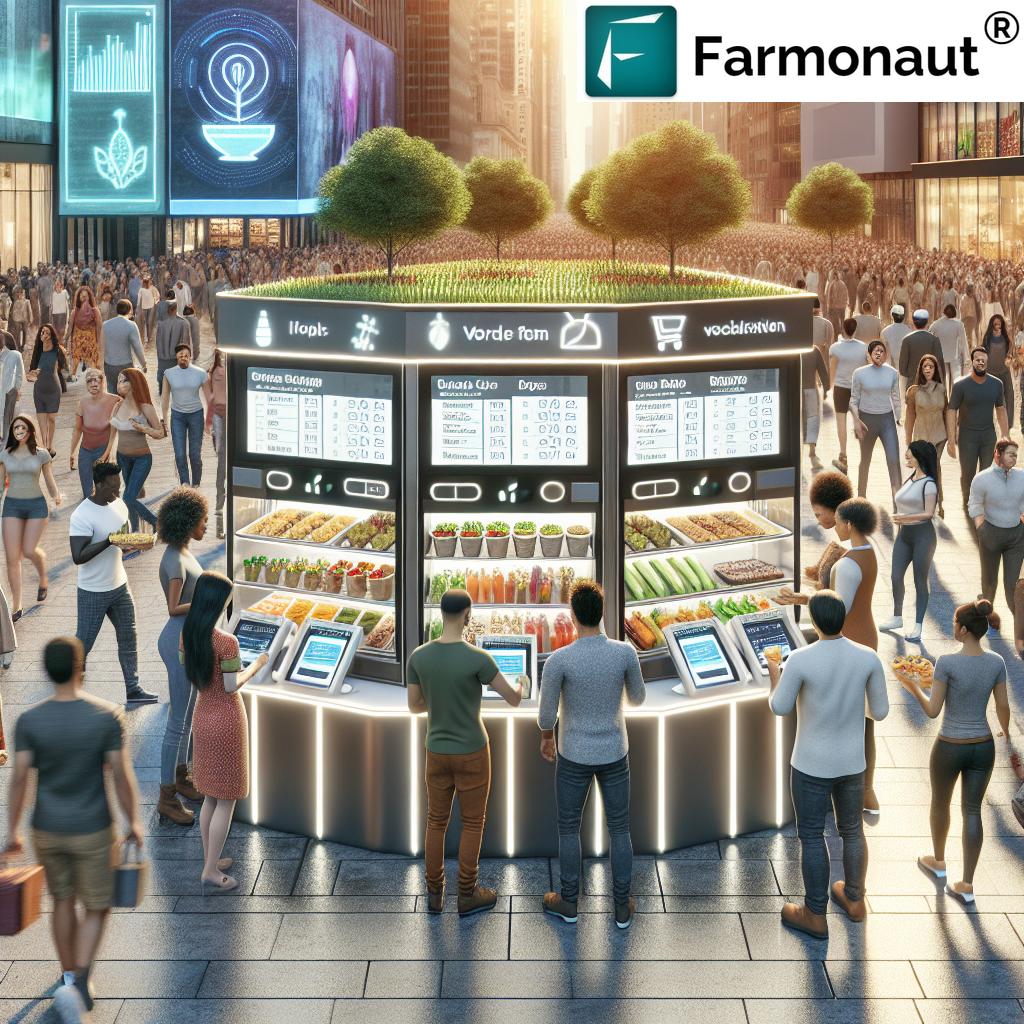
Digital Ordering: The New Norm in Food Service
One of the most significant shifts in the food-to-go sector has been the rapid adoption of digital ordering systems. This trend, accelerated by the pandemic, has become a cornerstone of foodservice industry adaptation. Here’s how digital strategies are transforming the ordering process:
- Mobile Apps and Online Platforms: Restaurants and food retailers have invested heavily in developing user-friendly apps and online ordering systems, making it easier for consumers to browse menus, customize orders, and pay without physical contact.
- QR Code Menus: Many establishments have replaced physical menus with QR code-based digital menus, reducing touchpoints and offering more dynamic menu options.
- AI-Powered Ordering: Some businesses are experimenting with AI chatbots and voice-activated ordering systems, providing a seamless and personalized ordering experience.
These digital innovations not only cater to changing consumer preferences but also help businesses streamline operations and gather valuable data on customer behavior.
Remote Work Impact on Food Retail
The shift towards remote work has had a profound impact on the food-to-go market, particularly in urban areas. With city center footfall declining, businesses have had to rethink their strategies:
- Suburban Expansion: Many food-to-go operators are now focusing on suburban locations, catering to the growing number of people working from home.
- Delivery Partnerships: Collaborations with delivery platforms have become crucial for reaching customers who are no longer commuting to city centers.
- Ghost Kitchens: The rise of delivery-only kitchens has allowed businesses to operate in areas with high demand without the need for a traditional storefront.
This shift has not only changed where food-to-go businesses operate but also how they design their menus and packaging to ensure food quality during longer delivery times.
Contactless Food Ordering and Safety Innovations
Food safety has taken center stage in the post-pandemic era, driving innovations in contactless ordering and payment systems:
- Contactless Payments: The adoption of contactless payment methods has skyrocketed, with many businesses now offering mobile wallet options and contactless card payments.
- Self-Service Kiosks: Touch-free kiosks using gesture recognition or voice commands are becoming more common, reducing the need for face-to-face interactions.
- UV Sanitization: Some establishments have introduced UV sanitization for packaging and delivery bags, providing an extra layer of safety assurance to customers.
These safety innovations not only address immediate health concerns but also contribute to a more efficient and hygienic food service environment in the long term.
Value-Driven Meal Promotions
Economic uncertainty has led to a shift in consumer spending habits, with many seeking more value for their money. Food-to-go businesses have responded with creative meal promotions:
- Meal Deals: Bundled offerings that provide a complete meal at a discounted price have become increasingly popular.
- Subscription Models: Some chains have introduced subscription services, offering regular customers discounts or free items with frequent purchases.
- Dynamic Pricing: Digital menu boards allow for real-time price adjustments based on demand, time of day, or inventory levels.
These value-driven strategies help businesses maintain customer loyalty while adapting to tighter consumer budgets.
Suburban Food Delivery Strategies
“Suburban food delivery strategies emerged as city center footfall declined due to remote work trends post-pandemic.”
The shift towards suburban areas has necessitated new delivery strategies:
- Expanded Delivery Zones: Businesses are extending their delivery radius to reach suburban customers.
- Neighborhood Hubs: Some companies are establishing small distribution centers in suburban areas to facilitate quicker deliveries.
- Community Partnerships: Collaborations with local businesses and community centers help establish a presence in new areas.
These strategies are helping food-to-go businesses tap into new markets and maintain relevance in a changing urban landscape.
Digital Ordering in Agriculture: Farmonaut’s Role
While we’ve focused on consumer-facing digital strategies, it’s important to note the role of technology in the agricultural supply chain that supports the food-to-go sector. Companies like Farmonaut are revolutionizing how food producers manage their operations, which directly impacts the quality and efficiency of the food-to-go market.
Farmonaut’s satellite-based farm management solutions offer valuable tools for farmers and food producers:
- Real-time Crop Monitoring: Using satellite imagery, farmers can track crop health and make data-driven decisions about harvesting and supply.
- AI-powered Advisory: Farmonaut’s Jeevn AI system provides personalized recommendations for crop management, helping to optimize yields and quality.
- Supply Chain Traceability: Blockchain-based solutions offer transparency in the food supply chain, a growing concern for consumers and retailers alike.
By leveraging these technologies, food producers can better meet the changing demands of the food-to-go sector, ensuring a steady supply of high-quality ingredients.
Sustainable Food-to-Go Options
Sustainability has become a key concern for consumers, influencing their food choices even in the convenience-driven food-to-go market:
- Eco-friendly Packaging: Many businesses are switching to biodegradable or recyclable packaging materials.
- Local Sourcing: There’s a growing emphasis on locally sourced ingredients, reducing carbon footprint and supporting local economies.
- Plant-based Options: The demand for vegetarian and vegan food-to-go options continues to rise, driven by both health and environmental concerns.
These sustainable practices not only appeal to environmentally conscious consumers but also help businesses reduce waste and potentially cut costs in the long run.
Adapting to Consumer Behavior Changes
The pandemic has significantly altered consumer behavior, and food-to-go businesses are adapting to these changes:
- Flexible Meal Times: With remote work blurring the lines between home and office, businesses are offering all-day menus to cater to non-traditional meal times.
- Health-focused Options: There’s an increased demand for healthier, immunity-boosting food options.
- Customization: Digital ordering systems allow for greater menu customization, catering to individual dietary preferences and restrictions.
Understanding and responding to these behavioral shifts is crucial for businesses looking to thrive in the evolving food-to-go landscape.
Explore Farmonaut’s API Developer Docs
Technology Integration in Food-to-Go
Beyond digital ordering, technology is reshaping various aspects of the food-to-go industry:
- IoT in Food Safety: Internet of Things (IoT) devices are being used to monitor food temperature and quality throughout the supply chain.
- Predictive Analytics: AI-driven analytics help businesses forecast demand, reduce waste, and optimize inventory.
- Augmented Reality Menus: Some businesses are experimenting with AR technology to provide interactive menu experiences.
These technological advancements are not only improving operational efficiency but also enhancing the overall customer experience.
The Future of Food-to-Go in the UK
As we look towards the future, several trends are likely to shape the UK food-to-go market:
- Hybrid Work Models: The continued prevalence of hybrid work arrangements will influence location strategies for food-to-go businesses.
- Personalization: Advanced data analytics will enable even greater personalization of menus and promotions.
- Automation: From robotic food preparation to drone deliveries, automation is set to play a bigger role in the industry.
- Sustainability Focus: Environmental concerns will continue to drive innovation in packaging and sourcing practices.
Businesses that can adapt to these trends while maintaining quality and value will be well-positioned for success in the evolving market.
Download Farmonaut’s Android App

UK Food-to-Go Market Trends Comparison
| Aspect | Pre-Pandemic | Post-Pandemic |
|---|---|---|
| Market Value (£ billion) | 21.2 | 22.3 (predicted by 2023) |
| Popular Locations | City centers | Suburban areas |
| Ordering Methods | Primarily in-person | Predominantly digital |
| Payment Systems | Mix of cash and card | Contactless and mobile payments |
| Consumer Priorities | Convenience | Safety and health |
| Delivery Options | Limited | Expanded and diversified |
| Menu Focus | Variety | Value-driven and health-conscious |
| Sustainability Emphasis | Low to moderate | High |
| Health Considerations | Moderate | Increased focus |
| Technology Integration | Basic | Advanced (AI, IoT, AR) |
The Role of Agricultural Technology in Supporting Food-to-Go Trends
As the food-to-go sector evolves, the importance of efficient and sustainable agricultural practices becomes increasingly apparent. This is where companies like Farmonaut play a crucial role in supporting the industry’s changing needs:
- Precision Agriculture: Farmonaut’s satellite-based crop monitoring helps farmers optimize yields and quality, ensuring a consistent supply of ingredients for the food-to-go sector.
- Supply Chain Transparency: The blockchain-based traceability solutions offered by Farmonaut align with the growing consumer demand for transparency in food sourcing.
- Resource Management: By providing tools for efficient resource management, Farmonaut helps reduce waste and lower production costs, which can translate to better value for consumers in the food-to-go market.
- Sustainability Tracking: Farmonaut’s carbon footprinting feature enables food producers to monitor and reduce their environmental impact, supporting the industry’s shift towards more sustainable practices.
These technological advancements in agriculture are essential for meeting the evolving demands of the food-to-go market, particularly in terms of quality, sustainability, and cost-effectiveness.
Balancing Innovation with Tradition in Food-to-Go
While digital strategies and new technologies are reshaping the food-to-go landscape, it’s important for businesses to strike a balance between innovation and the traditional aspects that consumers value:
- Quality and Taste: Despite the focus on convenience and health, taste remains a crucial factor. Businesses must ensure that their food quality doesn’t suffer in the pursuit of innovation.
- Human Touch: While automation can improve efficiency, maintaining a level of human interaction in service can enhance customer satisfaction.
- Local Flavors: Incorporating local and regional specialties into menus can help businesses maintain a connection with their communities.
Finding the right balance between embracing new trends and preserving traditional elements will be key to long-term success in the evolving food-to-go market.
The Impact of Economic Factors on Food-to-Go Trends
Economic considerations play a significant role in shaping the food-to-go market. Factors such as inflation, exchange rates, and consumer spending power all influence industry strategies:
- Cost Management: Rising food and fuel costs are prompting businesses to find innovative ways to manage expenses without compromising quality.
- Price Sensitivity: With economic uncertainty, consumers are more price-sensitive, leading to an increased focus on value propositions in the food-to-go sector.
- Supply Chain Optimization: Businesses are leveraging technology to streamline their supply chains, reducing costs and improving efficiency.
Understanding and adapting to these economic factors is crucial for businesses looking to thrive in the competitive food-to-go market.
The Growing Importance of Data in Food-to-Go
Data analytics is becoming increasingly central to decision-making in the food-to-go industry:
- Customer Insights: Analyzing ordering patterns and preferences helps businesses tailor their offerings and marketing strategies.
- Inventory Management: Data-driven forecasting enables more accurate stock control, reducing waste and improving profitability.
- Performance Metrics: Real-time data on sales, customer feedback, and operational efficiency helps businesses make informed decisions quickly.
As the industry becomes more data-centric, businesses that can effectively collect, analyze, and act on data will have a competitive advantage.
Farmonaut Subscriptions
FAQs
Q: How has the pandemic changed the UK food-to-go market?
A: The pandemic has accelerated digital adoption, shifted focus to suburban areas, increased demand for contactless ordering and delivery, and heightened consumer interest in health and sustainability.
Q: What role does technology play in the evolving food-to-go sector?
A: Technology is crucial in areas such as digital ordering, contactless payments, delivery logistics, inventory management, and data analytics for personalized customer experiences.
Q: How are food-to-go businesses adapting to changing work patterns?
A: Businesses are expanding into suburban areas, offering flexible meal times, and enhancing delivery services to cater to remote and hybrid workers.
Q: What are the key consumer trends shaping the food-to-go market?
A: Key trends include demand for healthier options, sustainability concerns, value-driven purchases, and a preference for contactless and digital interactions.
Q: How can agricultural technology support the food-to-go industry?
A: Agricultural technology, like Farmonaut’s solutions, can improve crop yields, ensure food quality, enhance supply chain transparency, and support sustainable farming practices, all of which benefit the food-to-go sector.
Conclusion
The UK food-to-go market is undergoing a remarkable transformation, driven by technological innovation, changing consumer behaviors, and the lasting impact of the pandemic. As the industry navigates these changes, businesses that can adapt quickly, embrace digital strategies, and maintain a focus on quality and sustainability are likely to thrive.
From the rise of contactless ordering to the shift towards suburban delivery strategies, the sector is demonstrating remarkable resilience and innovation. The integration of advanced technologies, not just in consumer-facing operations but throughout the supply chain, is reshaping how food is produced, distributed, and consumed.
As we look to the future, the role of companies like Farmonaut in supporting sustainable and efficient agricultural practices will become increasingly important. By leveraging satellite technology and data-driven insights, food producers can better meet the evolving demands of the food-to-go market, ensuring a steady supply of high-quality, sustainably produced ingredients.
The journey ahead for the UK food-to-go market is one of continuous adaptation and innovation. By staying attuned to consumer needs, embracing technological advancements, and prioritizing sustainability, businesses in this sector can not only recover from the pandemic’s impact but emerge stronger and more resilient than ever before.
